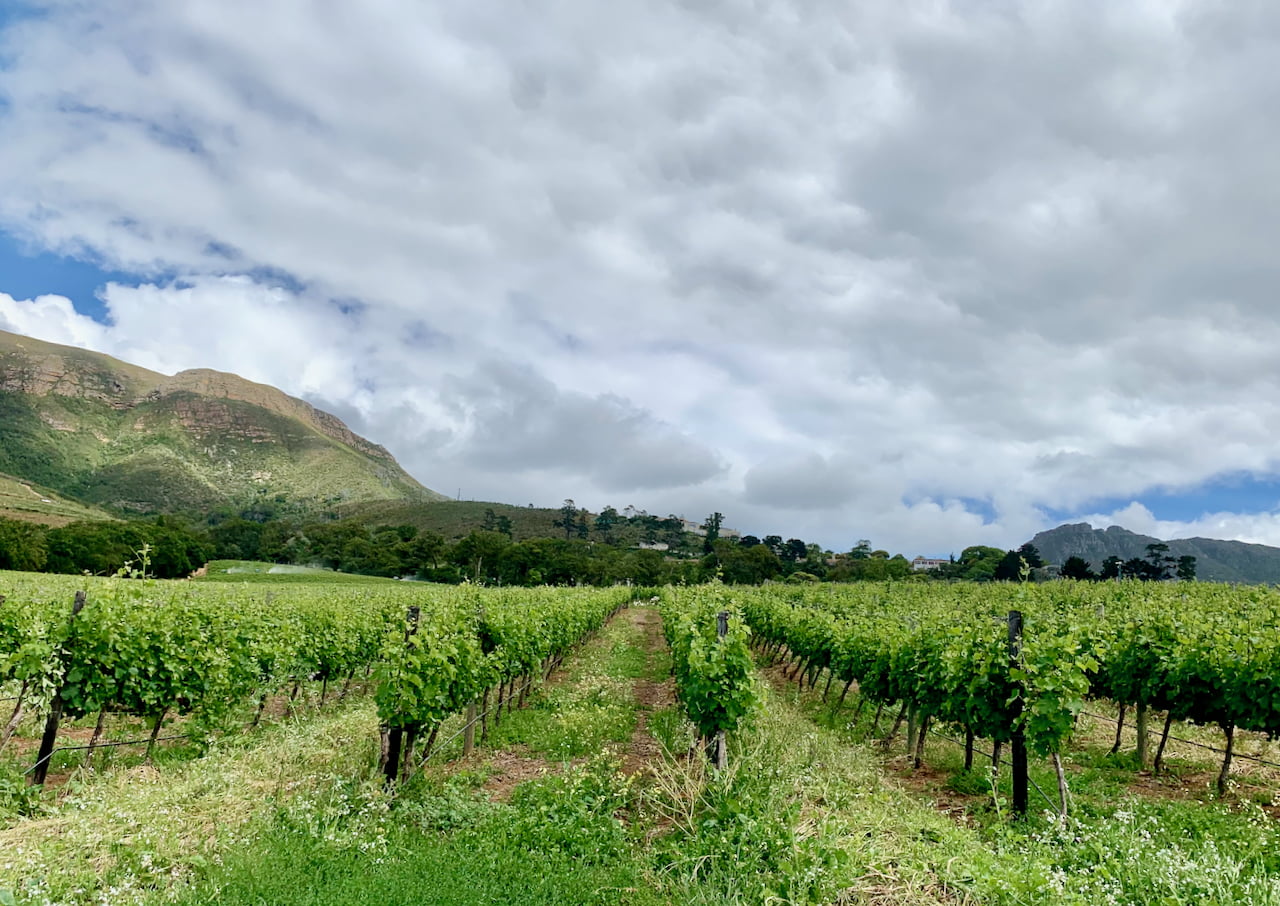Groot Constantia is the only wine estate included in the Cape Town Big 6, a collective that highlights the scenic beauty that have come to define Cape Town, South Africa. Dawn Jorgenson chatted with Viticulturist/Estate Manager Floricius Beukes to learn more about his commitment to sustainable farming practices – and the creatures great and small who are lending him a helping hand.
In conversation with Estate Manager and Viticulturist Floricius Beukes
Historically it may be the iconic Big 5 that draws crowds of appreciation – and tourists to South Africa’s game reserves in the hope of catching a glimpse of them in their natural habitat. Lion, Leopard, Rhino, Elephant and Buffalo all revered symbols of Africa. Yet beyond them exists a world of fauna and flora endemic to the country that warrants equal interest – and protection, as each in their own right contributes to a balanced landscape – especially in a farming environment.
Something that Groot Constantia embraces as part of their commitment to farm with nature – not against it, aligning all efforts to sustainable agricultural practices that ensure a healthy ecosystem. This includes preserving the animals that occur there, specifically the Little 6 – Baboons, Caracal, Bees, Ladybirds, Owls and Ducks, as each plays a vital role in an ecological biosphere – which that in turn equates to the premium quality wines produced at Groot Constantia.
I chatted with Viticulturist/Estate Manager Floricius Beukes to learn more about his commitment to sustainable farming practices – and the creatures great and small who are lending him a helping hand.

Mischievous Baboons
The Constantia Valley has known some challenging times as it dealt with the destruction caused by baboons over the years. However, at Groot Constantia there has always been a strong ethos of doing right by the animals that co-exist with the farmers and five years ago they invested in an initial 300m fence between mountain reserve and the vineyards to keep them out. This was followed by an additional 300m each year until they got the budget to close the farm off from the mountain. Even though only about 95% effective, they are generally happy with the results and it buys into their strong ‘no kill’ ethos.
Having consulted with Baboon Researchers to create the fence, it was designed to keep the baboons out – not in. They still use trees and the porcupines dug holes to sneak in, but that is nature. Of course, the baboons give the restaurants a go and have a bad habit of damaging the thatched roofs, but there isn’t a visitor who’s not delighted to catch a glimpse of them.
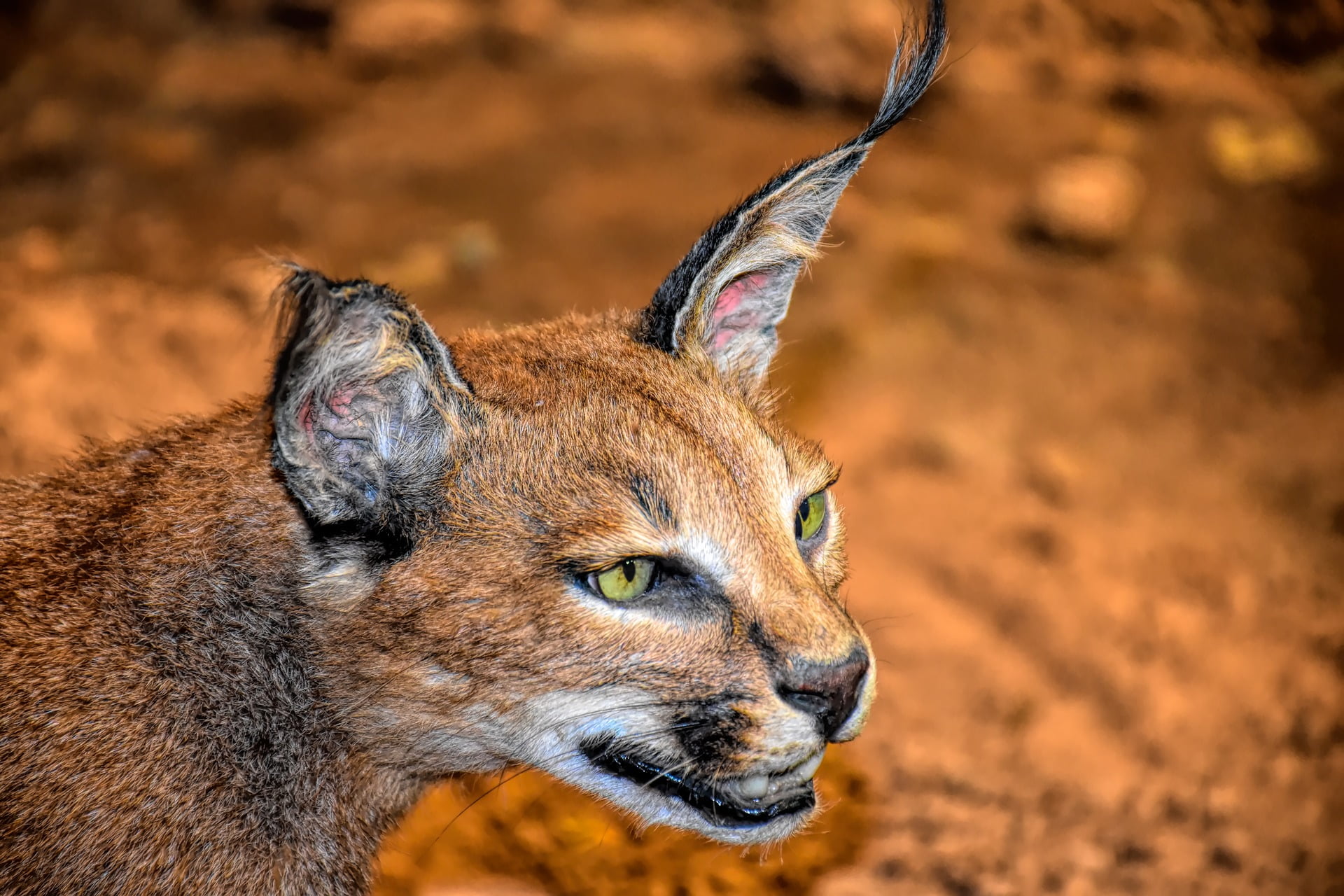
Elusive Caracal
The most beloved animals on the farm, the elusive caracal is rarely spotted. A lot of traffic on the farm, with hikers and walkers out, does keep them from showing themselves. Flo has seen a female with two cubs near the main entrance, and that vineyard is now fondly referred to as the ‘rooikat’ block. Caracal are often sighted in the green belt and in collaboration with nature conservation bodies a few have been collared for research purposes. The caracal are known to traverse the Table Mountain National Park, eat squirrel, guinea fowl and Egyptian geese, keeping populations in check. Their presence is somewhat mystical, and in that their magic.
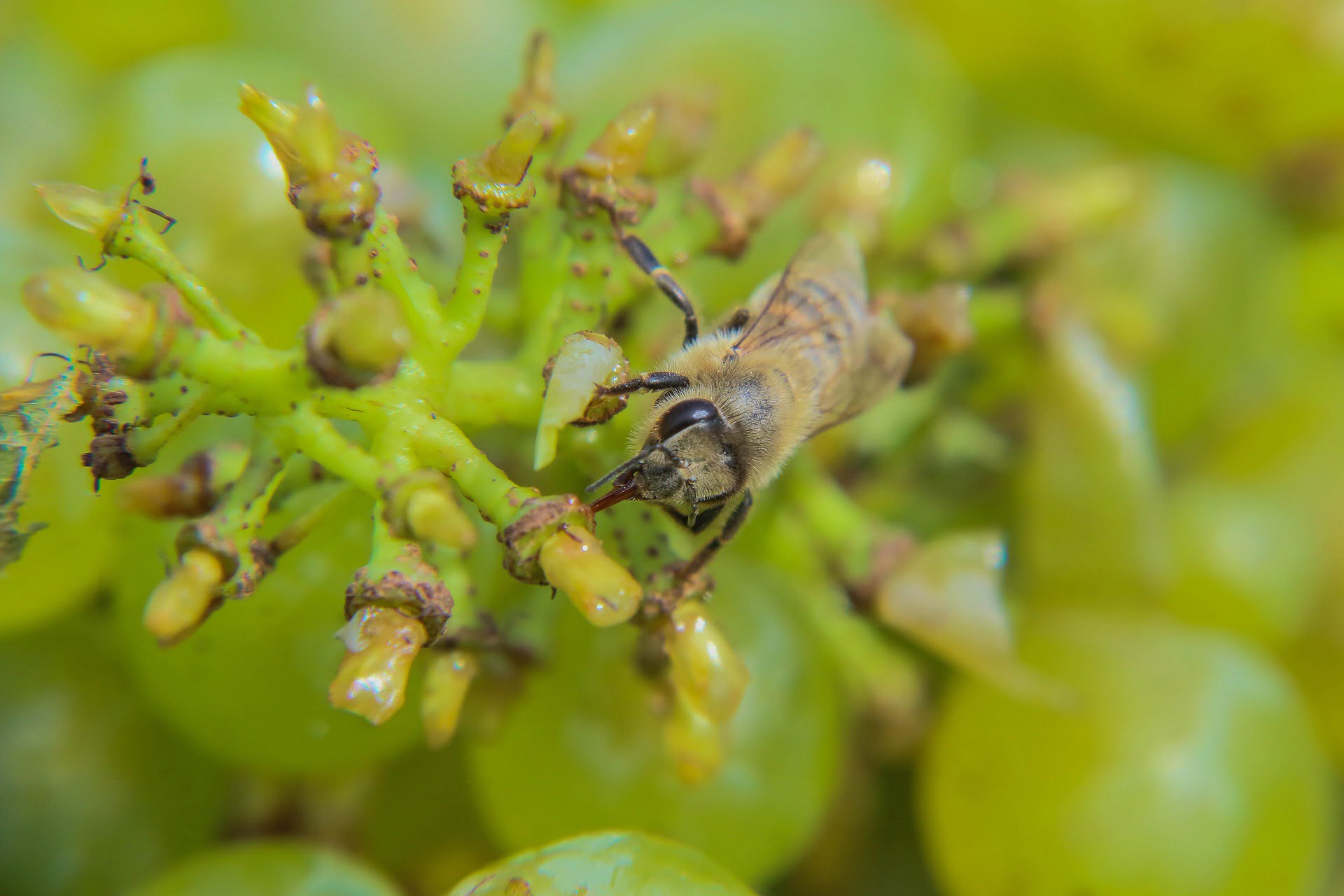
Murmur of Bees
An important element of any natural farming process, bees are essential to the cycle of life and numerous beehives are placed around the farm. As a much-valued indicator species, if ever beekeepers see their populations suffering, action can be taken to bring the system back into balance. There are numerous wild hives too, an active one near the winery, and all are left undisturbed and protected. They’ve been noted to love the flowers of the cover crop and add essential life to the biodiversity of the estate. Fruit trees on the farm include guava, Japanese guavas, pomegranate, custard apple, green fig and more, a lot around Flo’s home. The bees love the phacelia cover crop with its delicate purple flowers too.

Ladybird Beetles
Groot Constantia strives not to spray insecticide, exploring other ways to fight the destructive mealybugs – a white lice that can easily destroy a vine. The best defence mechanism here is found to be the ladybird – which Groot Constantia buys in is as they are carnivorous and eat the mealybugs, helping to eliminate the problem. So next time you see a ladybird on your shirt, pay him (or her) extra respect as they work hard to protect the vineyards. Monitoring the number of mealybugs in each patch of vineyard, allows the team to bring in the correct number of ladybirds to control the situation.
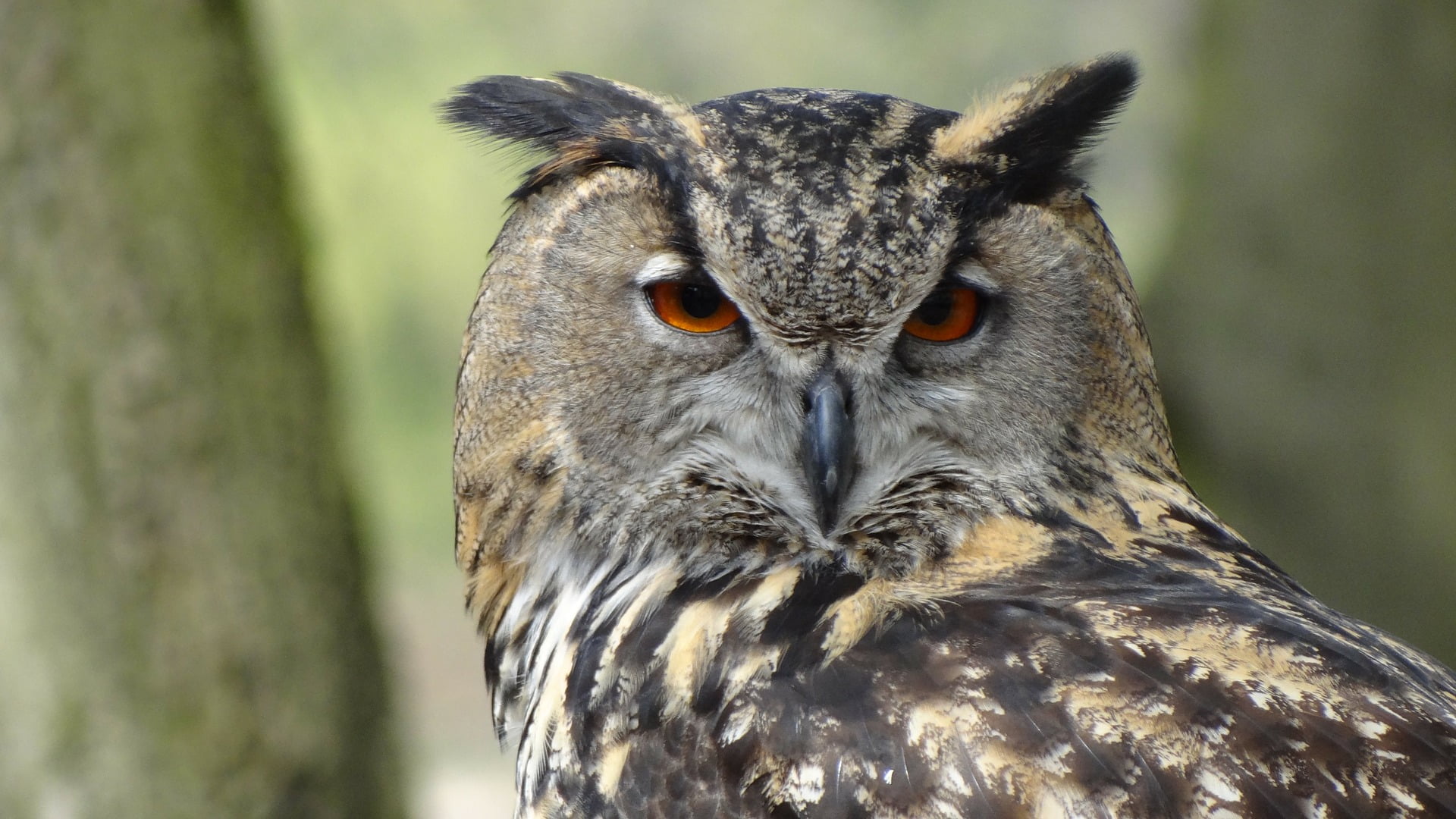
Cape Eagle Owl
Nocturnal, the Cape Eagle Owl is regularly spotted in the oak trees around the restaurant, although they are known to perch on the vineyard posts too. During lockdown there were so many more around, but as with the caracal, they remain more elusive now that the people are back. The sound the owls make adds character to the night and can be heard from kilometres away. Greatly protected at Groot Constantia, the owls contribute to the upkeep of the farm by eating moles, mice and rats – who damage the vineyard roots and can cause great damage. At great effort owl boxes were placed across the farm, but most prefer the gangly branches of the ancient oak trees
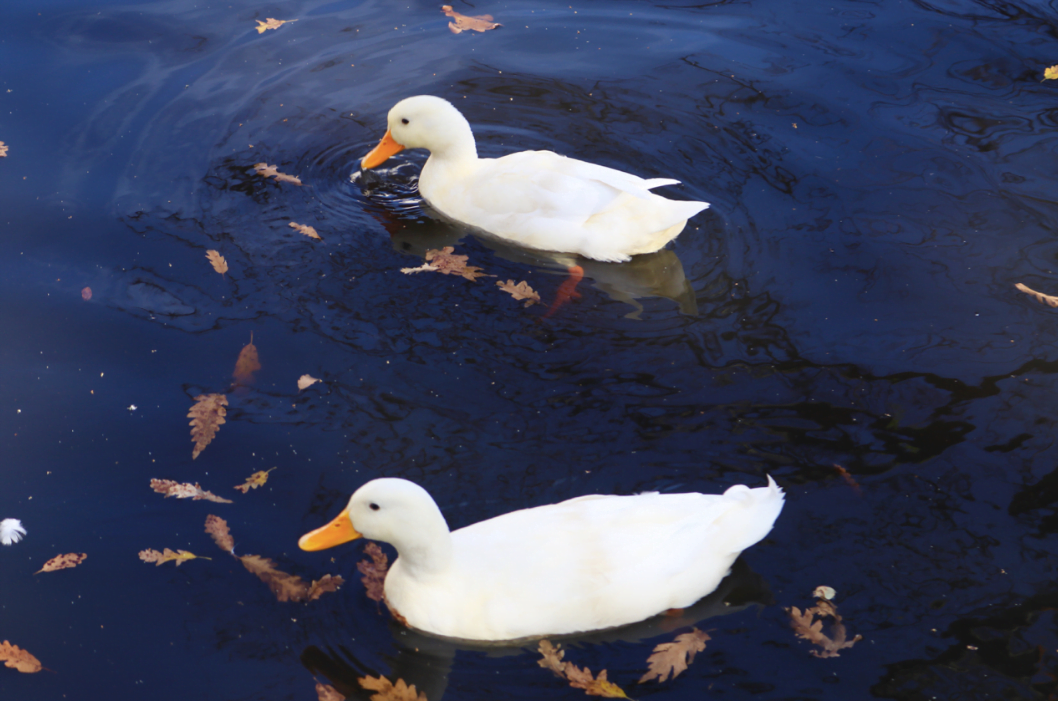
White Ducks
The small white ducks that are seen in the pools of water near the Manor House or walking in a straight line across the lawn as though on a mission, are paying for their keep, eating the snails that damage the garden. The Egyptian Geese too, although they are mostly found down at the farm dam.
Of the 154ha property, as much as 92ha is covered in vine when fully planted. They are constantly in a cycle of replanting and replacing old vines with new as they improve their offerings. Beyond the vineyards, Groot Constantia places a lot of emphasis on the aesthetics of their gardens and surrounds, something which takes a lot of management and dedication – but rewards greatly.
Taking a few steps backwards, Flo speaks of how he prides himself in doing things the ‘old school’ way. Applying himself to years of research and effort, he has explored the most suitable ground crop as a means of feeding the soil, opting for phacelia with its pretty purple flowers, and a bitter not quite edible (not even by the baboons) radish among them. Analysing the soil and placing the best suited in the right patch of vines. Always working with nature’s assets.
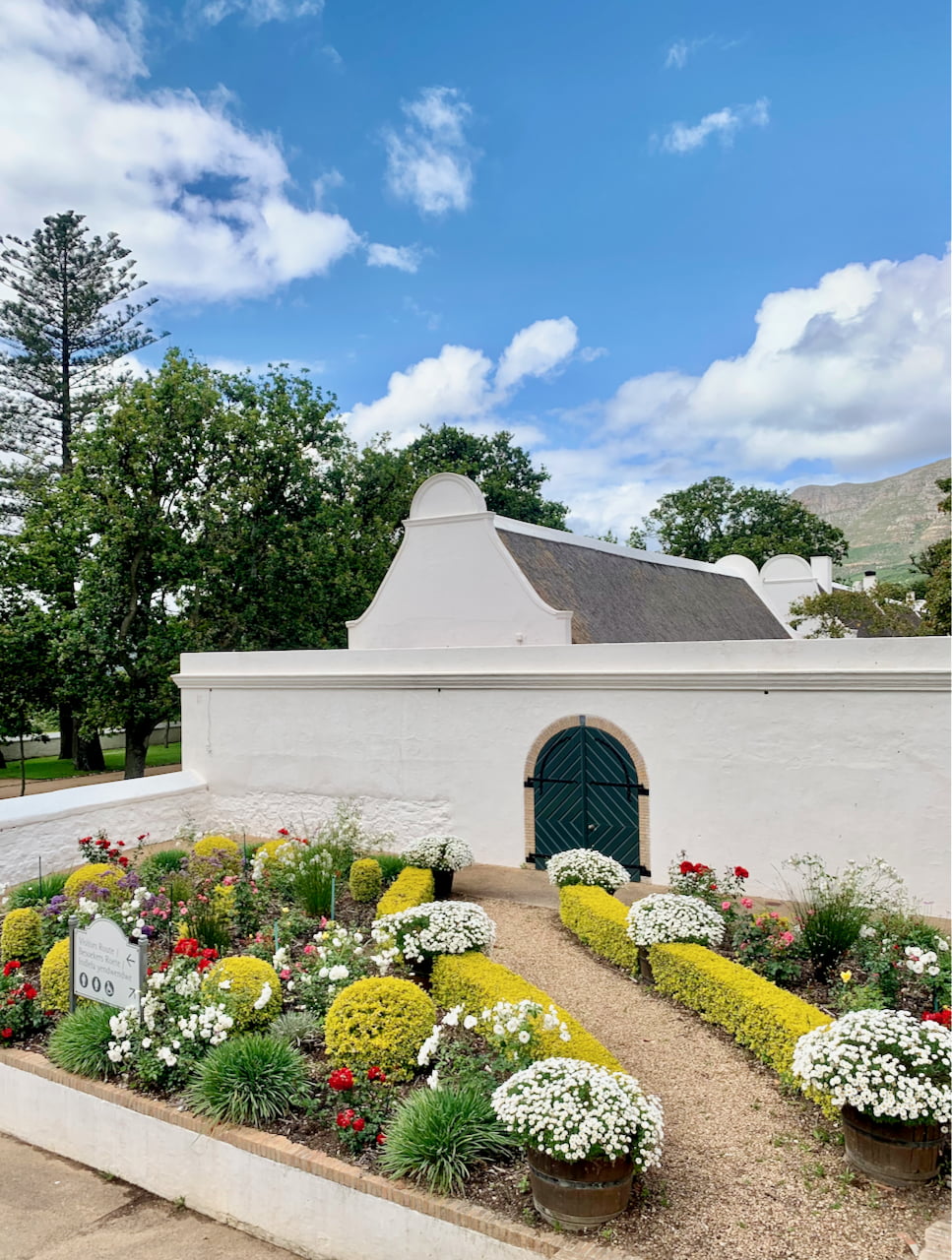
‘Most people take soil for granted, yet soil is just as necessary to sustain life on earth as air and water, and the biomass needed attention. Also, healthy soil equates to healthy vines – in turn fabulous soulfully produced wine.’
The cover crops look gorgeous with their flowers adding to the appeal, and when the time comes a tractor pulls a roller through to gently flatten them into the ground, keeping the soil cool, minimising evaporation and applying the best of the nutrients to the soil. The conical shape of the radish de-composts with time, breaking the soil and aerating the land as it makes natural biological tunnels in the soil. The biomass turning to natural compost with great results.
The Estate continues to do all that they can to work as closely as possible with nature. This hasn’t been an easy year, and budgets have been limited, but protecting the animals that live on the farm will never be compromised. Similarly, they will never waiver from their IPW (Integrated Production of Wine) commitment which allows them to give back to the environment.
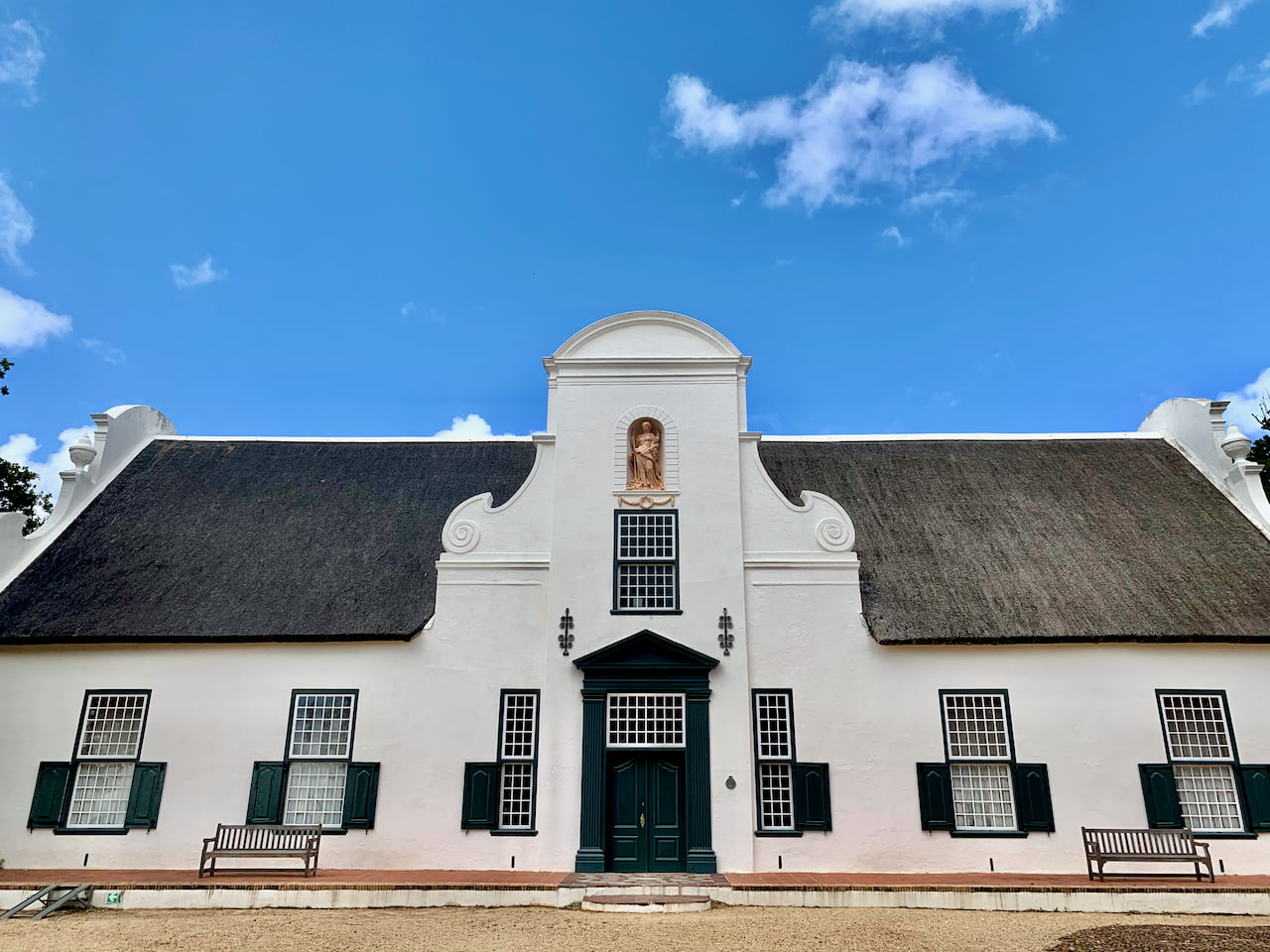
With Champion status, Groot Constantia are proud members of the WWF stewardship programme, which through a voluntary membership model works with the environmental leaders in SA’s wine industry. Known as the Conservation Champions, the status marks their commitment to biodiversity-friendly farming practices that conserve the natural assets of the area.
When wine shopping on the Estate, you’ll note the #followthesugarbird logo on the bottles, an identifying mark that allows consumers to be directed to excellent wines, where and how they were produced – specifically those at Groot Constantia.
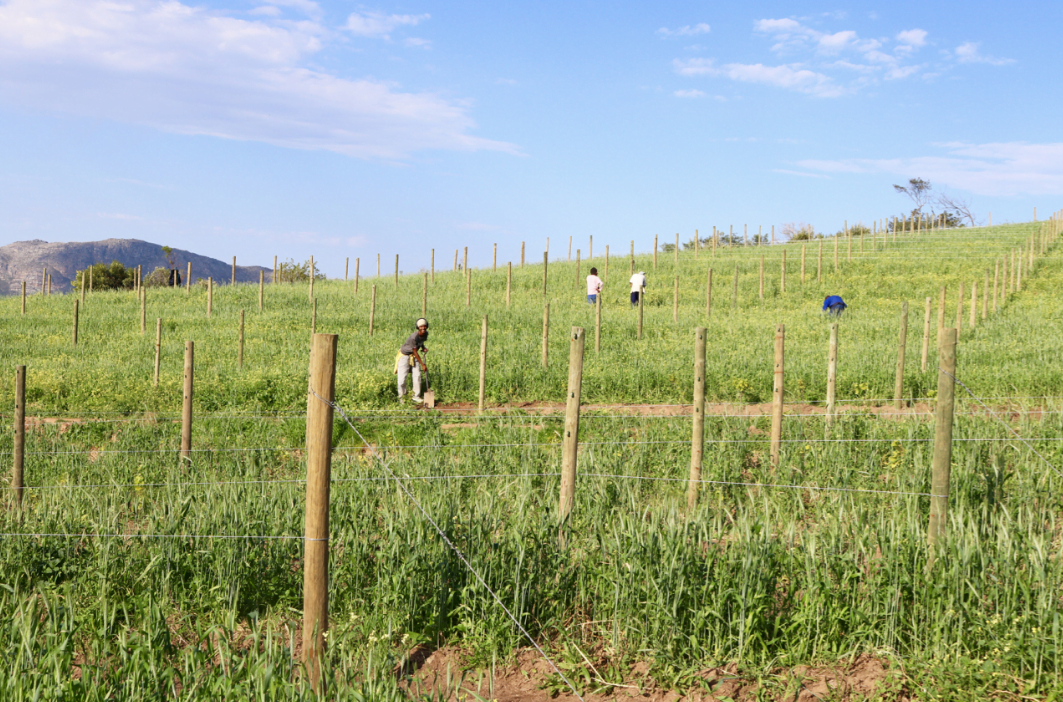
‘There is only one word that works in farming and that is sustainability, as we must preserve the land and the animals, birds and beetles that occur on it for the next generation. I ask myself how many farms will exist in this valley in 100 years-time – likely not many – but Groot Constantia will and a commitment to farm through nature ensures that.’ – Flo Beukes
Groot Constantia is the only wine estate included in the Cape Town Big 6, a collective that highlights the scenic beauty, enthralling history and exhilarating activities that have come to define this beautiful corner of South Africa. Cape Point, Kirstenbosch, Robben Island Museum, Table Mountain Cableway and the V&A Waterfront the other iconic destinations that form the core of the true Cape Town experience. The celebration of the natural wonder of the area equally marked by the botanical garden, nature reserve and Groot Constantia.
I bid a fond farewell to Flo before taking a walk around the Estate, soaking up the atmosphere with a renewed consciousness.
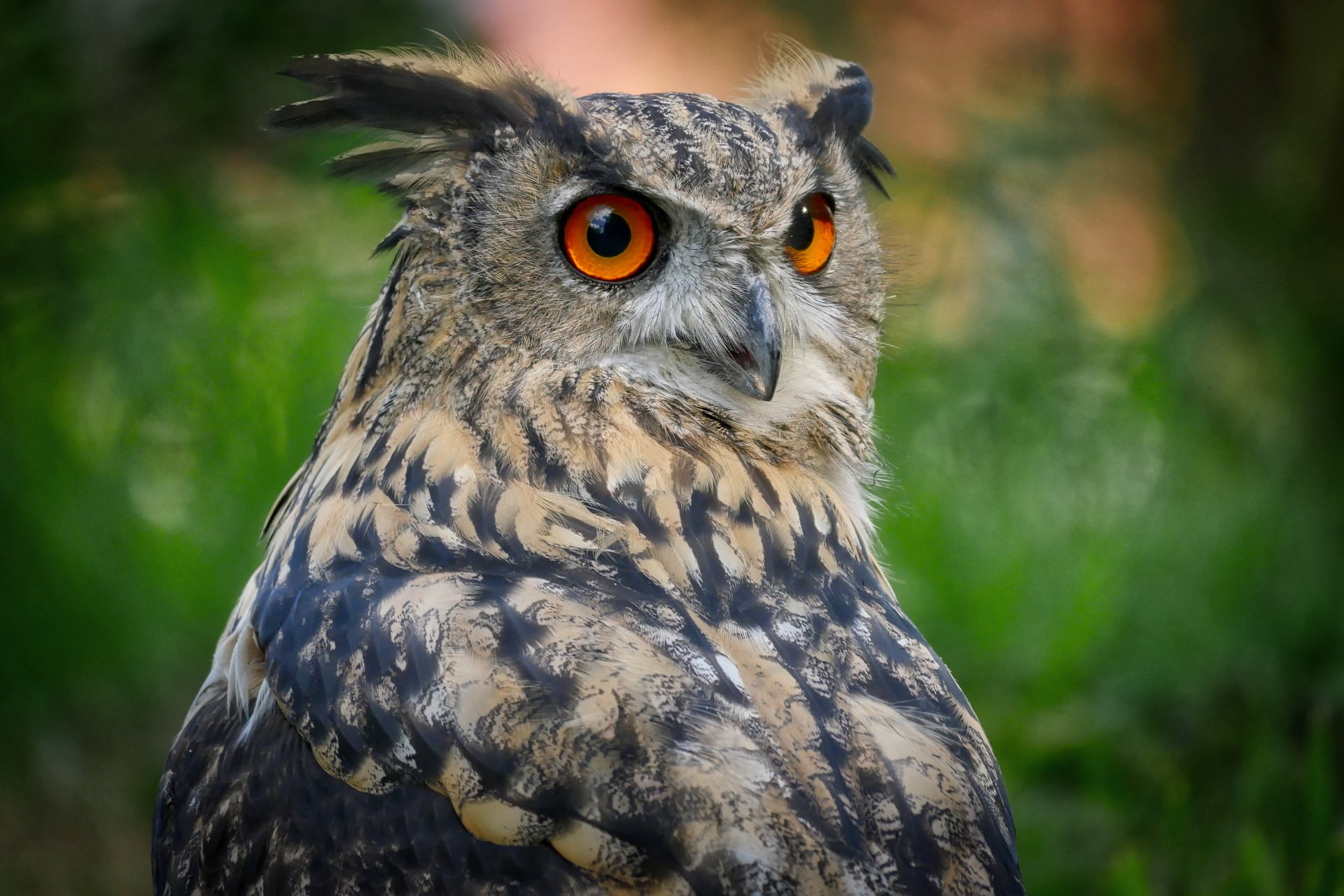
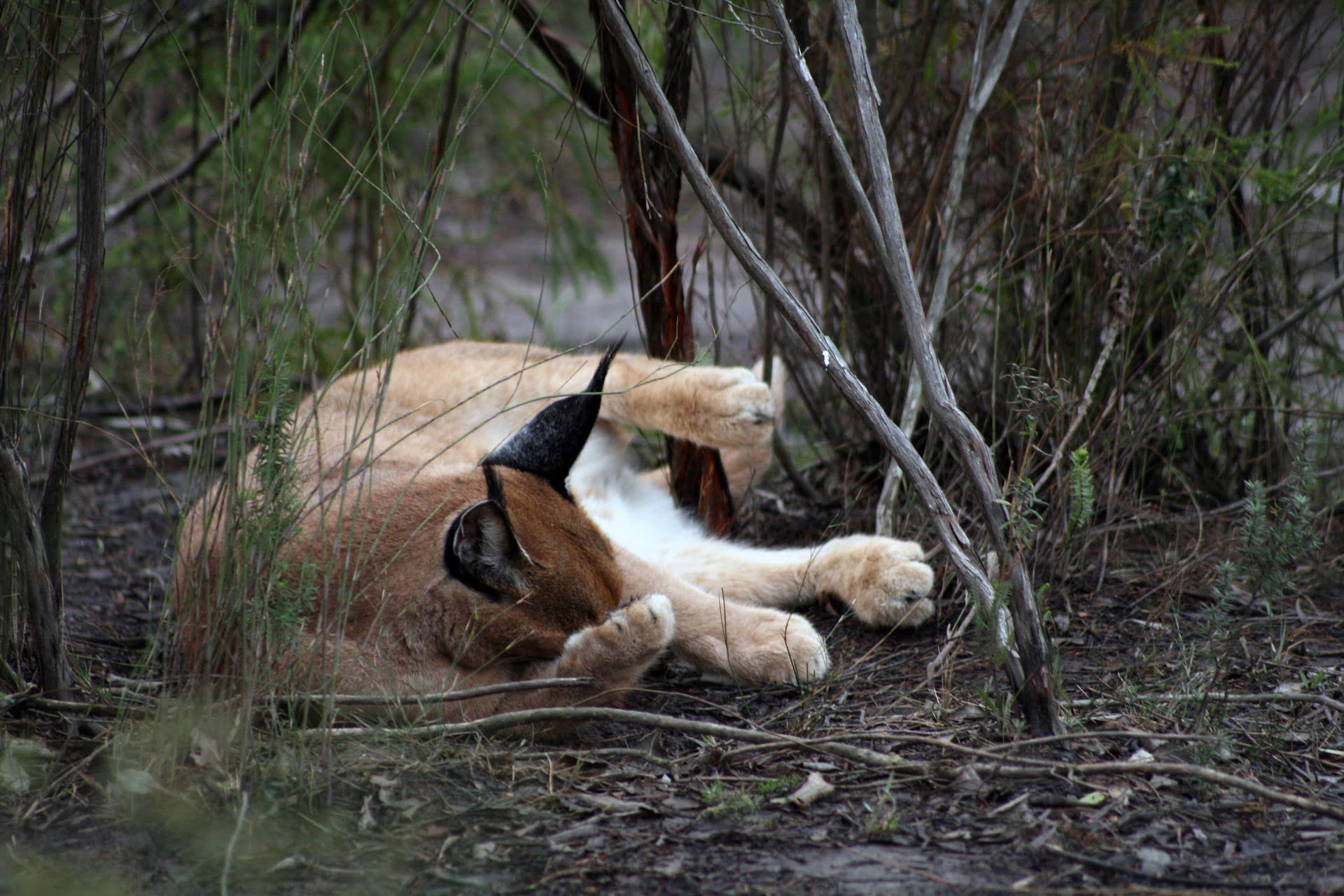


Around me people are walking and running, others relaxing at tables under the trees, many with dogs at their sides as they converse over freshly brewed coffee. Looking up at the branches I wonder how many will hold owls, marvel at how filled with life the vineyards are and hope that perhaps just yonder, a caracal or baboon is looking on from the mountain slopes, knowing that here they are safe, welcome – and highly valued.
By Dawn Jorgensen
Footnote: To all lucky enough to visit, walk on the land and share in this precious and protected space, cherish the privilege, keep your dogs on leads, and respect the animals, vines and vegetation that you come across.
Written and photographed by Dawn Jorgensen http://theincidentaltourist.com/
Dawn Jorgensen is The incidental Tourist, a conscious traveller with a deep love for Africa, its people and the environment. She is an acclaimed international travel writer, photographer and content creator for travel websites and destination marketing campaigns with tourism bodies. She shares her adventure filled experiences as travel writer, beauty seeker and earth advocate.

